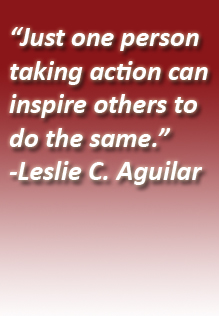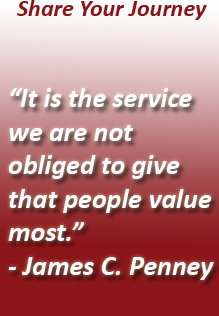St. Louis Rams Celebrate Black History Month
March 02, 2009
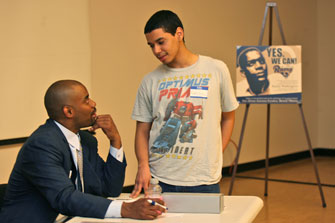
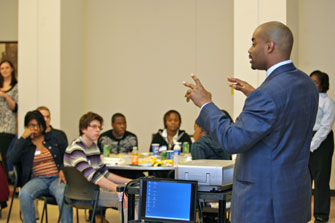
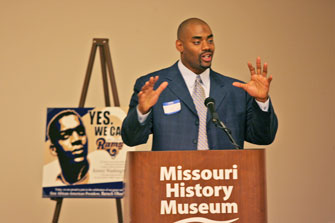
By Cassidy Cleveland
Special to Stlouisrams.com
The Rams celebrated Black History Month with a special program for local high school students at the Missouri History Museum last week. The program featured a group of panelists leading students in critical thinking conversations surrounding black history. With the help of Civitas Association, students from ten local schools gathered to discuss the importance of trailblazers such as Kenny Washington and President Barack Obama.
Over 60 students filled the AT&T room at the History Museum and enjoyed healthy snacks before the large group divided in half. The program began with half of the students touring the Missouri History Museum’s “St. Louis in Black and White” exhibit. The other students watched a selection from President Obama’s inaugural address and learned about the history of Kenny Washington as an agent of change in ending the official segregation of pro football. Washington, a member of the Rams, broke the color barrier of professional sports one year before Jackie Robinson integrated baseball.
The panelists leading the discussion included: Director of Diversity Awareness Partnership Reena Hajat, Retired SBC Executive Priscilla Hill-Ardoin, St. Louis University professor Dr. Jonathan Smith, Rams linebacker Chris Draft, Sales and Support Manager for Pepsi Esther Walker and Executive Vice President of the Rams Bob Wallace. After the students watched an excerpt from President Obama’s inaugural address, the panelists initiated conversations about diversity and the changes occurring within our country. Many of the panelists lived through segregated times and had interesting stories to tell, which prompted questions from the students. In President Obama’s speech, he talked about how America is a patchwork society, with the word “and” being used countless times. The panelists then used the patchwork concept to spur discussion on the challenges associated with such diversity.
The next part of the program was the “St. Louis in Black and White” exhibit. While touring the exhibit, students tried on shackles that slaves wore around their ankles. They were then given a piece of paper and asked to describe how the shackles felt in one word. To complete the exercise, the students were divided into two groups and had to arrange the words in a verse. Each group then read their verse either in unison or one by one. As the students spoke words such as “confined, heavy, trapped, hopeless,” everyone felt the somberness of the moment.
The next stop of the tour was a reenactment of a local lunch counter during the 1950s. Five students were chosen to sit at a lunch counter and order food. Three students were served food, while two were completely ignored. The two that were ignored were playing the part of African-Americans. At the end of the simulation, the two students said they were angry that they hadn’t been served. The students left the tour with a better understanding of what it would be like to be an African American during those discriminatory times.
The evening concluded with both groups reconvening in the AT&T room where they were asked to brainstorm ideas for change. What would they like to see changed in their school, community or St. Louis? And how were they going to be that change? The students presented their ideas to the panelists and the underlying theme was education. Each group mentioned education first, then open-mindedness, inclusion and breaking down stereotypes.
The students recognized that in the instance of racism and diversity, it starts with the youth. They concluded, “It’s not a question about race, it’s a question about love and hate.”
